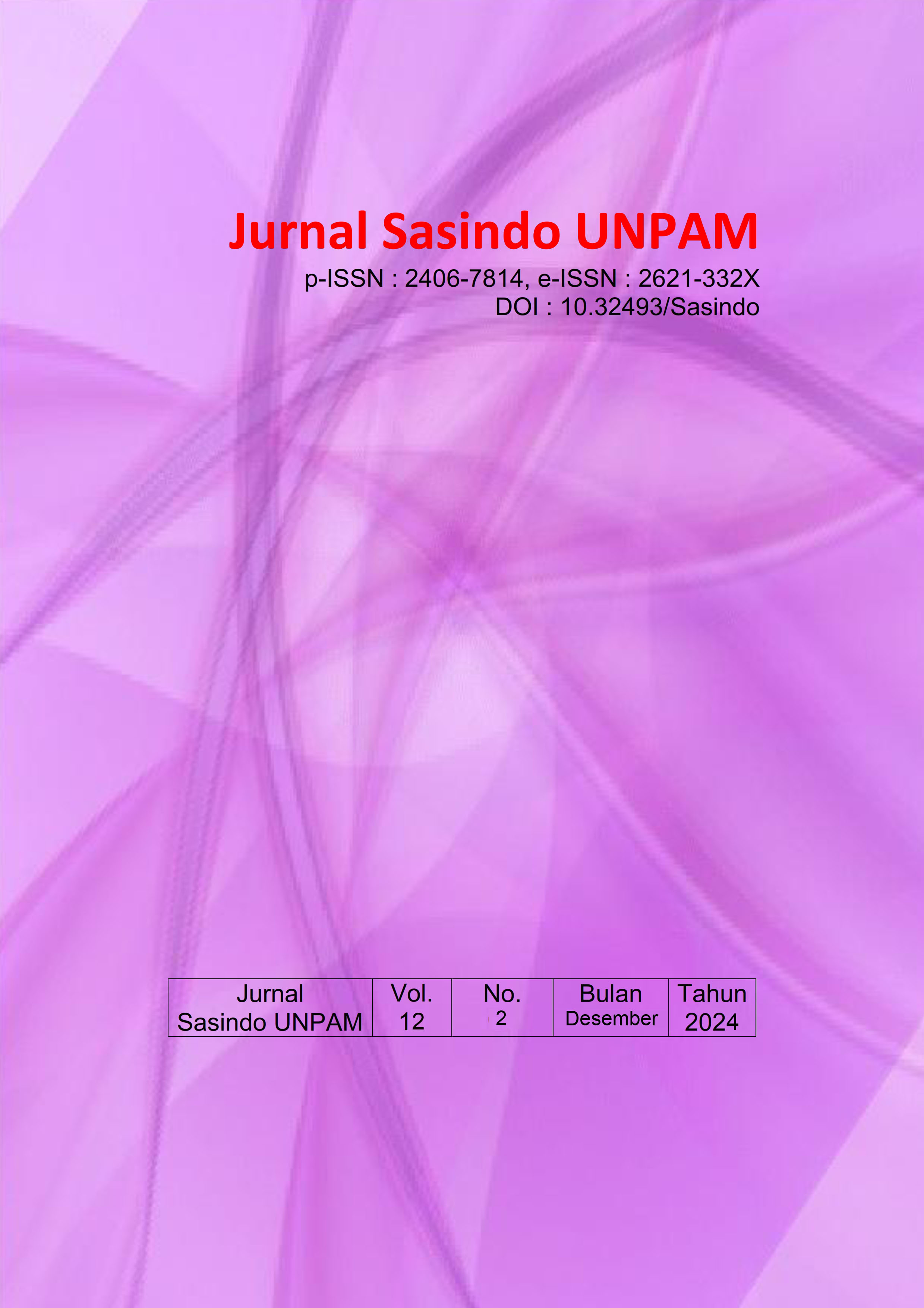Narrative Analysis in Bayer Leverkusen’s Journey to Champion Youtube Review Video
DOI:
https://doi.org/10.32493/sasindo.v12i2.61-66Keywords:
Bayer Leverkusen, Bundesliga, Narrative Analysis, William Labov, Xabi AlonsoAbstract
This study aims to recognize the types of narratives contained in a video that tells the story of Bayer 04 Leverkusen's journey in winning the Bundesliga title for the 2023/2024 season. The video was published through the Bundesliga's official channel on YouTube with the title "Xabi Alonso Leverkusen Road to the Champions." The approach used in this research is qualitative, focusing on identifying the narrative structure and data revealed in the video. Labov’s (2001) theory served as a foundation to explain the framework of the problem to analyse how the story in the video is structured, from the introduction to the culmination of conflict and resolution, and how narrative elements such as plot, character, and atmosphere are used to form a strong narrative. The findings indicate insight into how stories about the achievements of a soccer team can be presented through visual media such as YouTube. By analysing the narrative structure and data in the videos, this research can provide a more comprehensive picture of how video makers use narrative elements to build stories that attract and captivate audiences.
References
Ahmad, S. (2023). A Narrative Structure Analysis of Alice Sebold’s The Lovely Bones. Pertanika Journal of Social Sciences and Humanities, 31(1), 383–400. https://doi.org/10.47836/PJSSH.31.1.20
Bʹaanoon, A., Majeed, P., & Jasim, H. (2023). Investigating Labov ’ s Narrative Structure Application to the Qur ’ anic Narrative of Joseph ’ s Story : Potiphar ’ s Wife ’ s Plot Against Joseph. Journal for Re Attach Therapy and Developmental Diversities, 6(1), 546–561.
Bortolussi, M. (2012). Review of Gottschall (2012): The storytelling animal: How stories make us human. Scientific Study of Literature, 2(2), 317–321. https://doi.org/10.1075/ssol.2.2.07bor
Buco, S. (2018). The video essay as a persuasive genre: A qualitative genre analysis with a focus on evaluative and persuasive linguistic features.
Fioretti, C., Pascuzzi, D., & Smorti, A. (2019). Narrative and Narrativization of A Journey: Differences between Personal and Fictional Narratives. The Open Psychology Journal, 12(1), 205–215. https://doi.org/10.2174/1874350101912010205
Goodson, I., & Gill, S. (2013). Narrative pedagogy: Life history and learningIvor F.Goodson, Scherto R.Gill, 2011Pieterlen, Switzerland, Peter Lang £19.10, 174 pp. ISBN 978‐1‐4331‐0891‐4. British Educational Research Journal, 39(5), 950–952. https://doi.org/10.1002/berj.3014
Iqbal, L., Ullah, I., & Shah, F. (2019). Labovian Model and Analysis of The Bully as Representation of the USA. Global Regional Review, IV(II), 78–84. https://doi.org/10.31703/grr.2019(iv-ii).09
Labov, W. (2001). QL-lyhizR2R.pdf. Maranhão 1984. https://doi.org/10.1037/a0022354
Labov, W. (2006). Narrative pre-construction. 16(1), 1–9.
Rashid Sheikh, A., Afzal Awan, N., & Rashid Sheikh, F. (2021). The Application of Labov’S Sociolinguistic Model of Narrative Analysis To a Short Story the Lottery By Shirley Jackson. In Pjsel (Vol. 8, Issue 1, pp. 2523–1227).
Sathya, G., & Barathi, S. (2022). An Application of Labov’s Narrative Structure in Jhumpa Lahiri’s “A Choice of Accommodations.” Journal of Positive School Psychology, 2022(2), 1753–1758. http://journalppw.com
Downloads
Published
How to Cite
Issue
Section
License
Authors who publish with this journal agree to the following terms:
- Authors retain copyright and grant the journal right of first publication with the work simultaneously licensed under a Creative Commons Attribution License that allows others to share the work with an acknowledgement of the work's authorship and initial publication in this journal.
- Authors are able to enter into separate, additional contractual arrangements for the non-exclusive distribution of the journal's published version of the work (e.g., post it to an institutional repository or publish it in a book), with an acknowledgement of its initial publication in this journal.
- Authors are permitted and encouraged to post their work online (e.g., in institutional repositories or on their website) prior to and during the submission process, as it can lead to productive exchanges, as well as earlier and greater citation of published work.

















